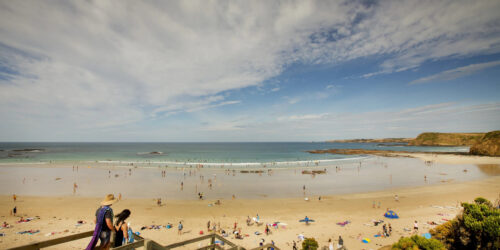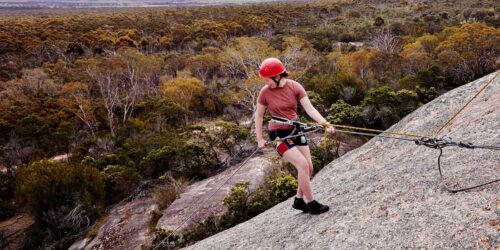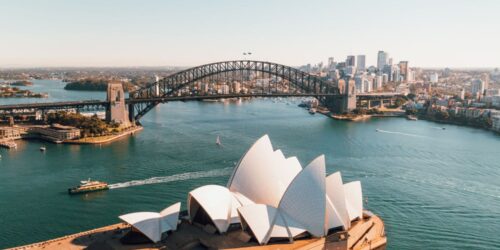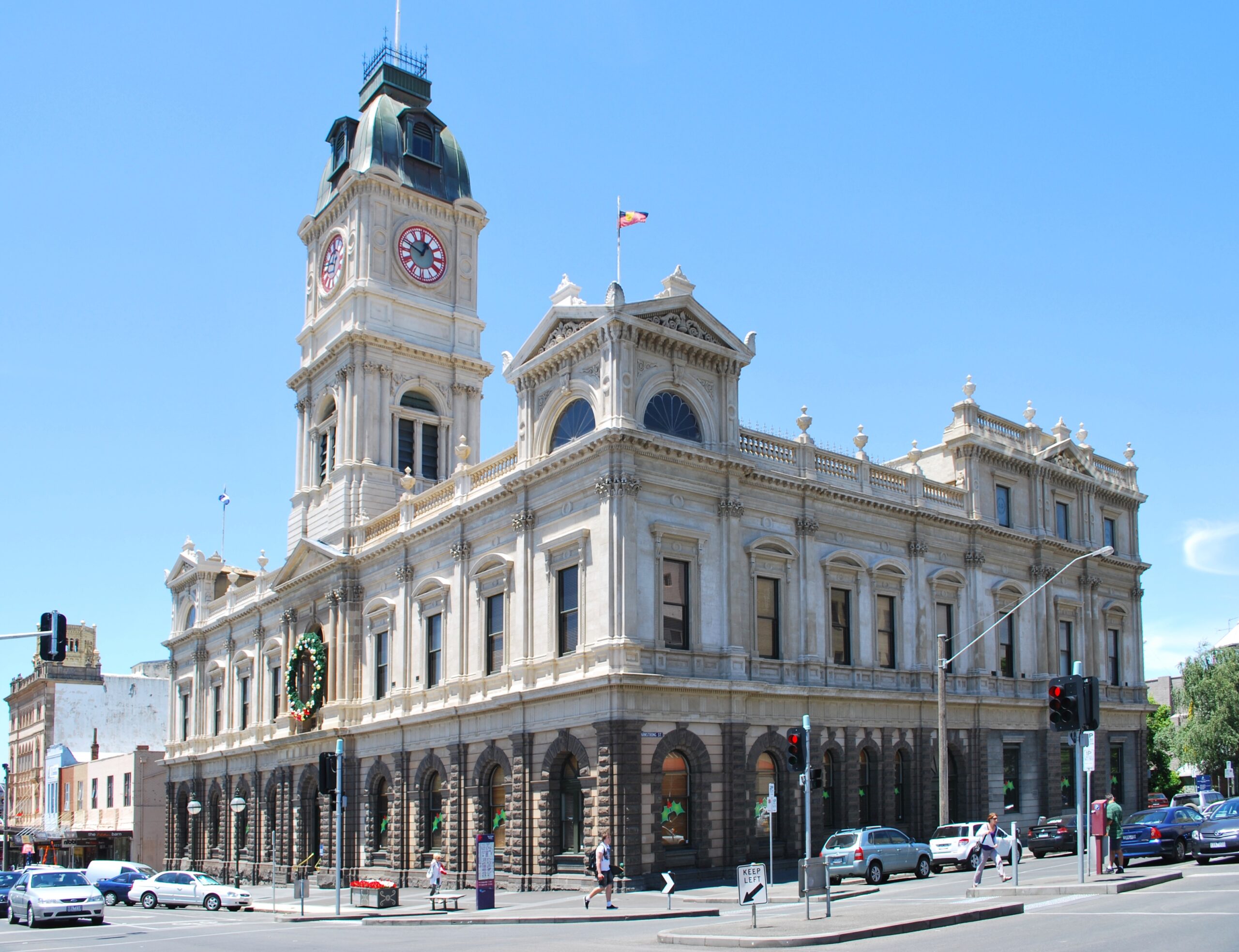The Best Places to See Kangaroos in the Wild
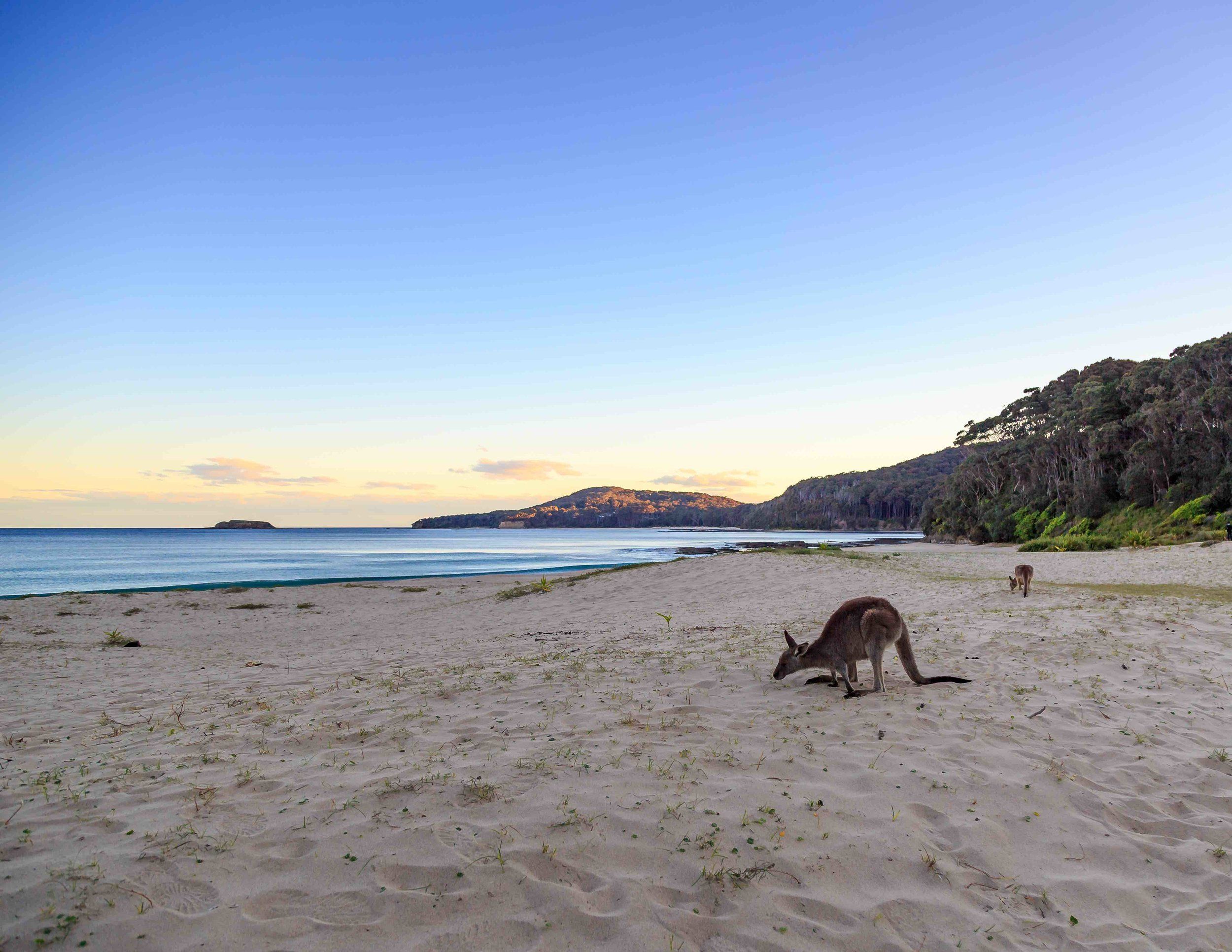
Kangaroos are one of Australia’s most iconic animals, and witnessing them in their natural habitat is a thrilling experience. From lush green fields to remote bushlands, there are numerous locations across Australia where you can see these fascinating marsupials in the wild. This article will guide you through some of the best places to spot kangaroos, providing insights into their habitats and behaviors, ensuring that your kangaroo sighting is both memorable and exciting.
1. You Yangs Regional Park, Victoria
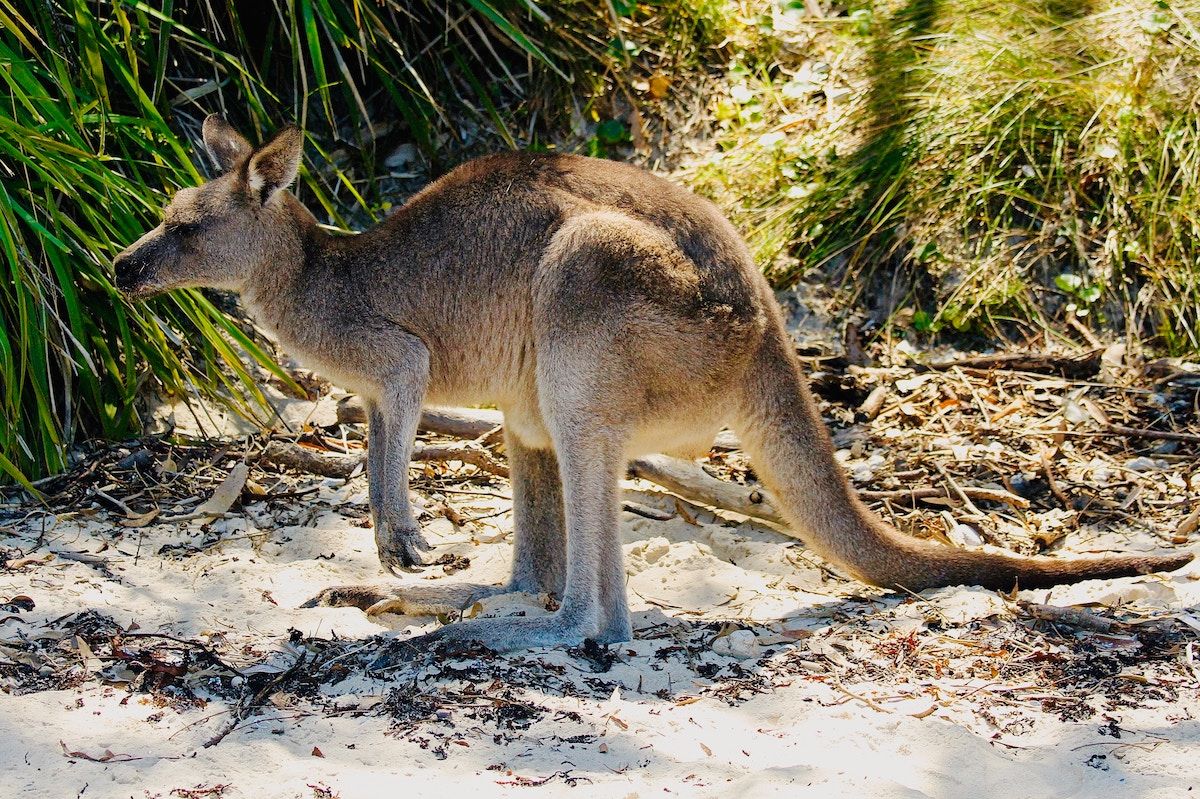
Located just outside of Melbourne, the You Yangs Regional Park is a top destination for wildlife enthusiasts, particularly kangaroo watchers. The park offers sprawling landscapes and a variety of walking trails, making it a perfect spot to explore. As you stroll through the park during early morning or late afternoon, you are likely to encounter large groups of Eastern Grey Kangaroos that roam freely across the open grasslands. The park’s diverse ecosystem also attracts other wildlife, providing ample opportunities for nature photography. For an ideal experience, make sure to bring a pair of binoculars and a camera to capture the beauty of these majestic creatures in their natural environment. Besides kangaroos, you may also come across wallabies, echidnas, and various bird species.
2. Flinders Chase National Park, Kangaroo Island
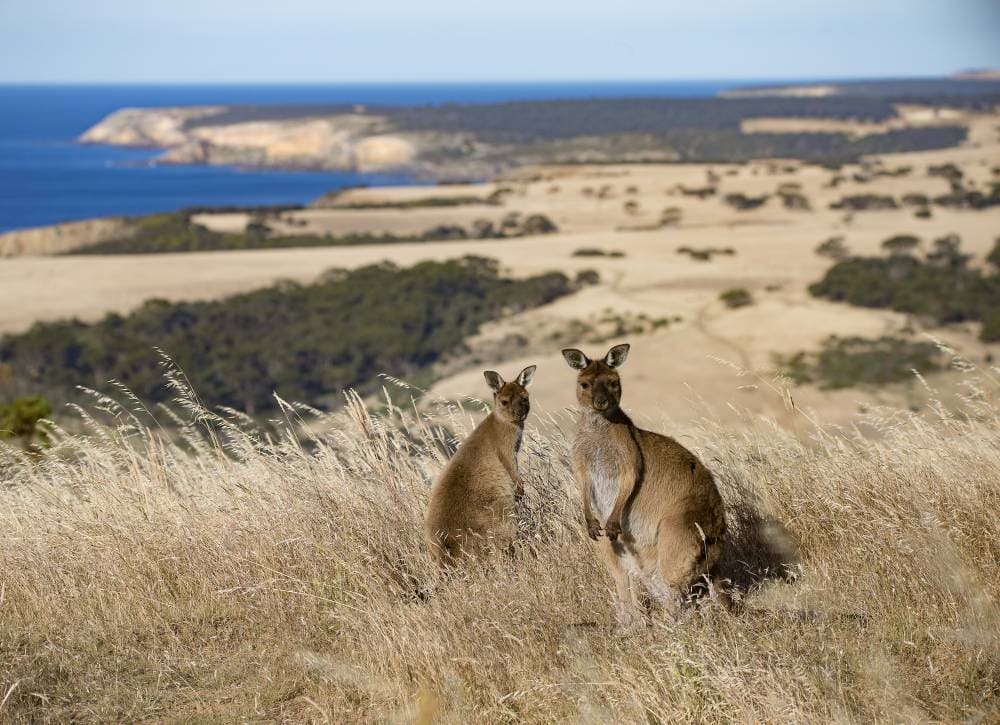
Flinders Chase National Park on Kangaroo Island is renowned for its breathtaking landscapes and abundant wildlife, including kangaroos. The park is home to a large population of Western Grey Kangaroos, which are often spotted grazing during the cooler parts of the day. Exploring the park’s various trails, such as the Admirals Arch walkway, increases your chances of seeing these iconic animals in a picturesque setting. This national park offers visitors not only kangaroo sightings but also stunning coastal views, making it a remarkable destination for both wildlife and nature lovers. Ensure that you bring plenty of water and snacks to stay energized during your hikes. Additionally, the tranquility of the surroundings creates the perfect backdrop for a memorable picnic with friends or family.
3. Namadgi National Park, Australian Capital Territory
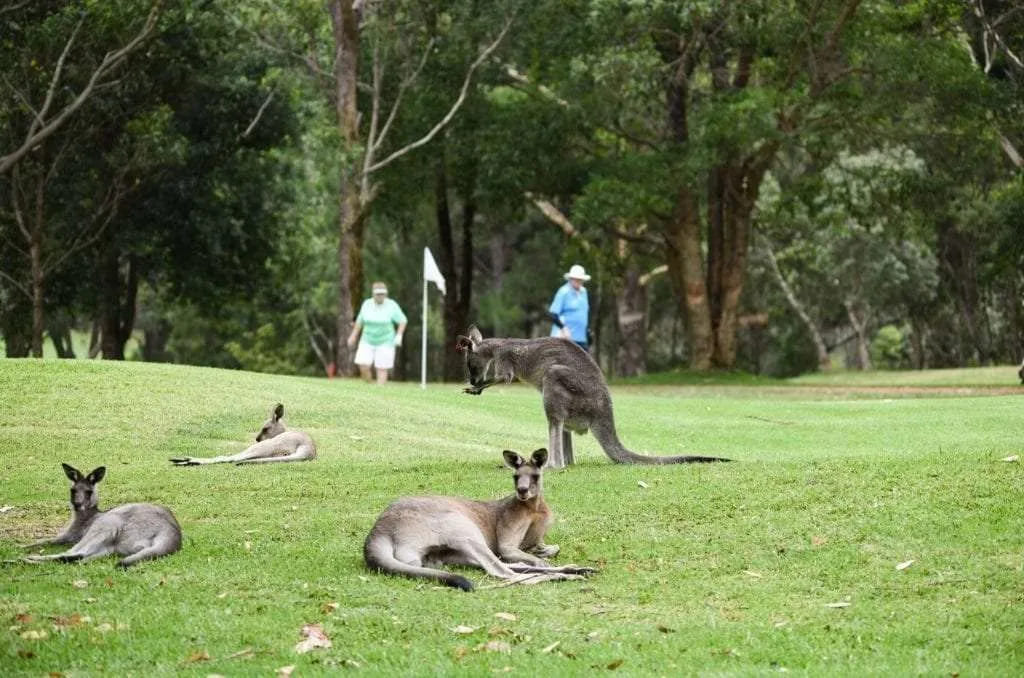
Namadgi National Park, located just outside Canberra, is a lesser-known gem that provides a rich habitat for kangaroos. This stunning park is characterized by its majestic mountains and pristine bushland. Visitors often spot both Eastern Grey and Red Kangaroos in the open grassy valleys, especially during dawn and dusk. The variety of walking tracks within the park allows you to experience the beautiful flora and fauna while keeping an eye out for kangaroos. One of the most popular tracks, the Mt. Tennent Walk, offers both a great workout and the chance to see these creatures in their element. Park rangers also provide insights into the park’s ecosystem, enhancing your understanding of these remarkable animals and their habitat.
4. Murramarang National Park, New South Wales
Murramarang National Park is another must-visit location for those aiming to see kangaroos in the wild. Situated along the stunning South Coast of New South Wales, this park boasts a combination of beautiful beaches and lush bushland. Eastern Grey Kangaroos can be seen hopping through the park’s open spaces, especially in the areas around the coast and campsites. The unique blend of coastal scenery and wildlife makes it a fantastic spot for nature walks and photography. Many visitors choose to camp here, which offers a prime opportunity to see kangaroos up close during the early morning or late evening. Be sure to take some time to explore the rock pools and enjoy the diverse marine life, which adds another layer of wonder to your visit.
5. Little Desert National Park, Victoria
For a truly adventurous experience, Little Desert National Park in Victoria offers a ruggedly beautiful environment where kangaroos roam freely. This remote area features vast sandy plains and dense shrublands, providing an excellent backdrop for spotting wildlife. The agile Red Kangaroo can often be seen hopping through the park, particularly in the early hours or late afternoon. As you explore the extensive network of trails, don’t forget to also look for other natives, such as emus and various reptile species. This national park is a fantastic choice for those looking to escape the hustle and bustle of urban life and immerse themselves in nature. Remember to take sufficient provisions, as amenities in the area are limited, ensuring you have all you need for a great adventure.
Conclusion
In summary, Australia offers plenty of opportunities to see kangaroos in the wild, from national parks to regional reserves. Each location provides a unique experience to witness these remarkable creatures in their natural habitat. Whether you’re hiking in national parks or enjoying scenic picnics, encountering kangaroos in the wild is an unforgettable experience. To make the most of your kangaroo sightings, plan your visits during the early or late hours when kangaroos are most active. Make sure to respect their habitat and enjoy the accompanying beauty of Australia’s landscapes.
Frequently Asked Questions (FAQs)
The best times to see kangaroos are during the early morning and late afternoon, as they are most active during these cooler parts of the day.
2. Can I approach kangaroos in the wild?
While it might be tempting, it’s best to keep a respectful distance from kangaroos in the wild to avoid stressing them or provoking defensive behavior.
3. What should I bring for a kangaroo spotting trip?
Bring essentials like water, snacks, a camera, binoculars, and sturdy walking shoes. Also, wearing clothing suitable for weather conditions is advisable.
4. Are there any specific places where kangaroo sightings are guaranteed?
Places like You Yangs Regional Park, Flinders Chase National Park, and Murramarang National Park are known for high kangaroo sighting rates.
5. Are kangaroos dangerous to humans?
Generally, kangaroos are not dangerous if left undisturbed. However, they can be aggressive if provoked or threatened, so maintaining a safe distance is recommended.
